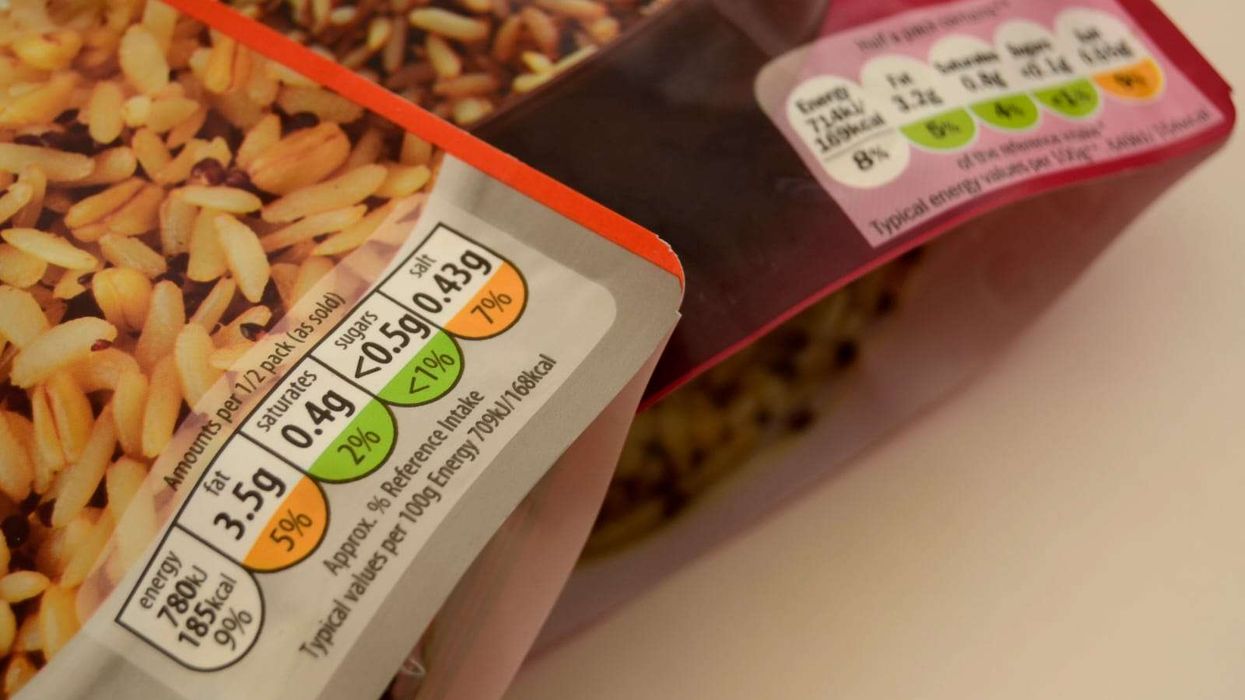by ASJAD NAZIR.
GIVING up architecture for acting seems like a smart move for Ishwak Singh.
The talented actor has delivered acclaimed performances in theatre and hit films, including the recently-released comedy Veere Di Wedding.
Eastern Eye caught up with Ishwak to talk about movies, acting and inspirations...
What made you want to give up architecture for acting?
Architecture fascinated me because you get to study about built and unbuilt environments, plus it’s so widespread that I got exposed to fine arts, history, philosophy and so many other streams.
However, acting is more liberating than anything else I’ve experienced so far. It’s an internal study of one’s emotions and psyche. That feeling of embodying a character is exhilarating.
How much did working in theatre help you?
Theatre helped me connect with my roots and humanised me. It has given me a lot! The one thing I cherish most is the vast knowledge and education I’ve got through good literature; Hindi, Urdu and English. Reading and writing are integral to theatre training.
You have been part of some interesting films; which have you enjoyed most?
I’ve been fortunate to have enjoyed every moment and there’s a story behind each scene. But the highlights would be shooting my first scene with Manoj Bajpayee in Aligarh and the date scene with Sonam (Kapoor) in Veere Di Wedding.
What has been the biggest learning experience?
I’ve surprisingly had revelations about the craft while doing the most unlikely things at the oddest places. Post-rehearsals, my theatre director, Mr Arvind Gaur, would take us to a place late at night where we’d sit on the roadside and have chai.
I’d observe all kinds of situations and people, listen to his stories and occasionally for fun he’d tell me to enact a scene. He’d correct me every time I did something wrong, not as a director but as a friend. Moments like these are when I figured things out and got a sense of ease in my acting.
You must be happy with how well Veere Di Wedding did?
Veere got me recognition, which in my opinion is the basic need of an actor. A fat paycheck feels good, but what gives me happiness is my work is seen by a larger audience and appreciated.
What can we expect from you next?
I’m very fortunate that people in the industry are taking me seriously and offering work. I’m reading scripts for the mainstream, regional and Indie films. I should be starting something very soon.
What is your dream role?
There’s none. I’m just getting my feet wet and am grateful for everything good that comes my way. I cherish every character I play on stage or in front of the camera. With every performance I learn, and that’s what I want.
What kind of films do you enjoy watching yourself?
Independent films, ones that are realistic, and movies with a good story! It could be a very simple story like 12 Years A Slave or something abstract like Birdman or Eternal Sunshine Of A Spotless Mind.
But what I look forward to most is honest acting. That’s why I follow Anurag Kashyap movies closely because he sets a benchmark with the performances.
Who is your cinematic hero?
I don’t have a particular favourite, but there are so many great performances I’ve enjoyed. I saw Naseer saab’s The Father on stage, which I loved, Irrfan Khan’s The Warrior and Maqbool; Nawaz and Manoj Bajpayee in Gangs of Wasseypur; and the ensemble of Black Friday. There are many more!
What inspires you?
Success stories of theatre actors who’ve been able to adapt to screen so well; real-life struggles of people like Dr Ambedkar; and stories of ordinary people around us and from different parts of the country and the globe through literature, films and news.
Why do you love cinema?
I love cinema because it fuels my passion to act. It gives me a platform to do what I believe I can do well, just like the stage.











